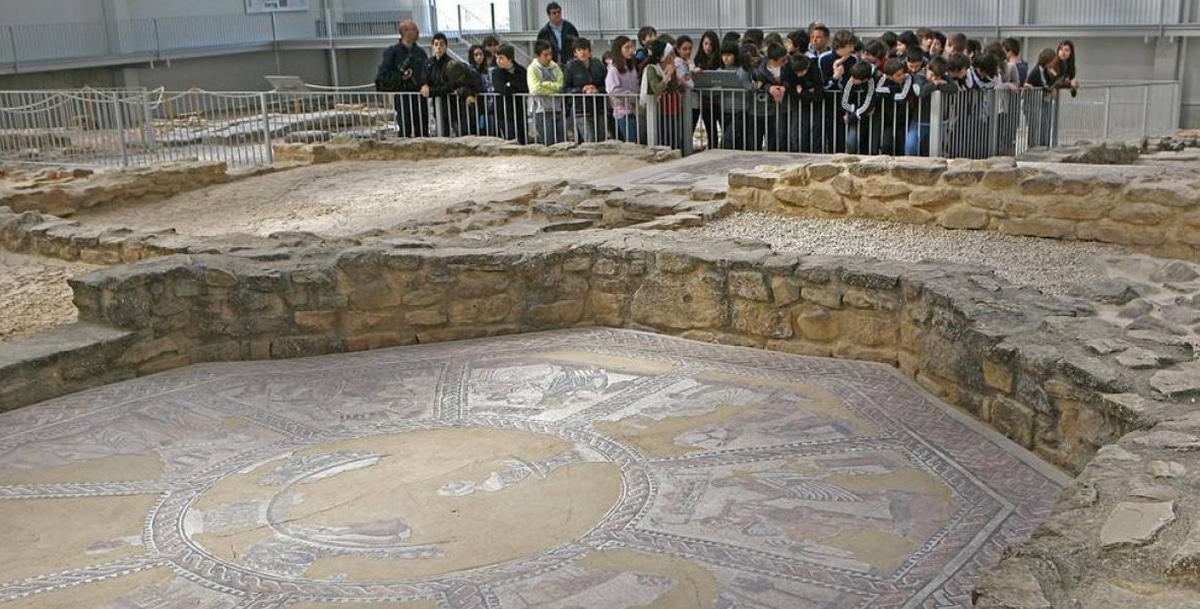
It has always seemed to me that when one wants to imagine the life of yesteryear, the palaces do not offer a good postcard. Too fancy, too big, too impersonal. However, the houses, even of the most favored members of society, I believe that they deliver a truer and closer image of daily life years, centuries, ago.
En Spain there are several examples from the time when the Roman Empire occupied the peninsula. The aristocratic villas of the countryside are an archaeological and tourist treasure. And today we will meet some of the most beautiful Roman villas in Spain.
Villa Almenara Adaja Puras
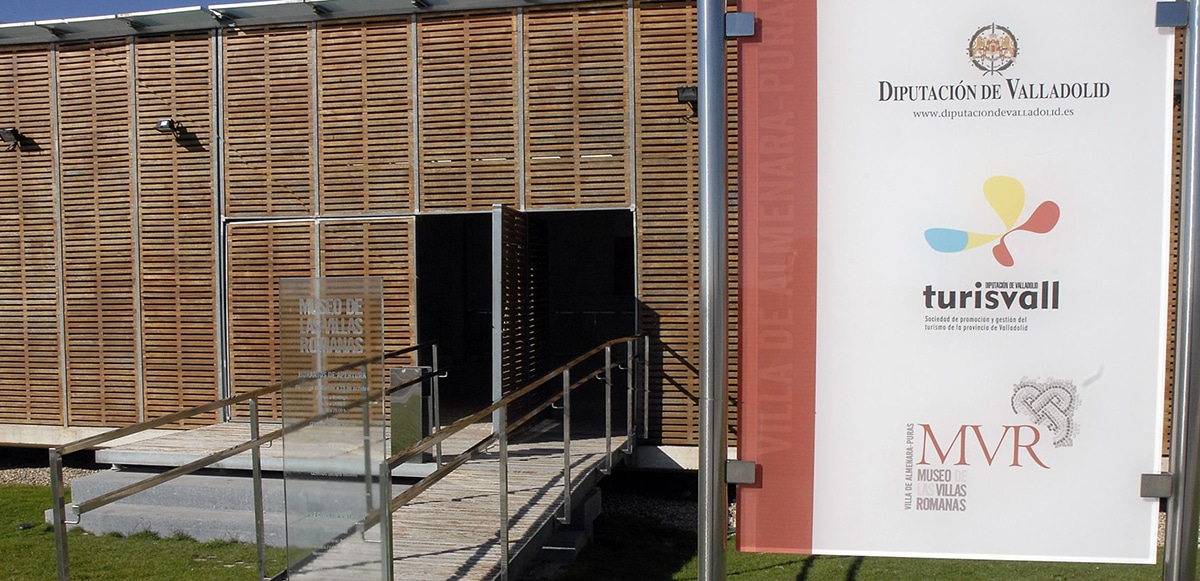
this roman villa is in Valladolid, in the Autonomous Community of Castilla y León. Dates from the XNUMXth century and the archaeological remains are protected by a building. There is a walkway tour that allows you to see the ruins up close and there is also a recreation of a urban pars (Roman country house from the same period), life-size, with furniture and everything.
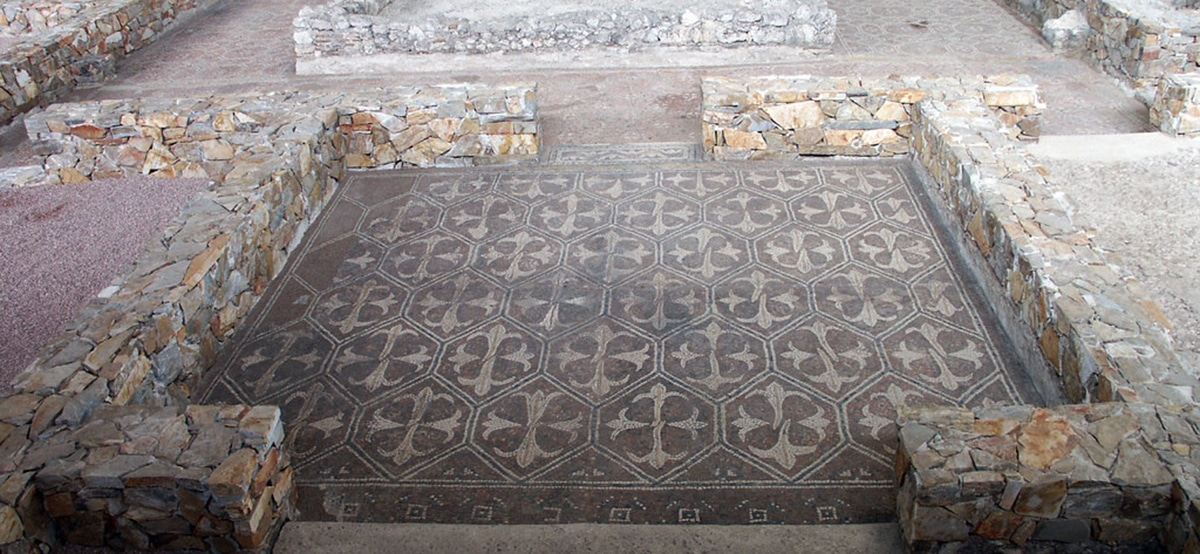
Archaeologists have been able to determine that under the construction of the fourth century there is another older one, from the third century, more simple. Although the names of the first or second owners are not known, it is clear that the later structure is more elegant. It is seen in the quality of the mosaics, for example, or in the size, of more than 2500 square meters, with two courtyards with columns, a family area and a guest area, baths and servants' quarters.
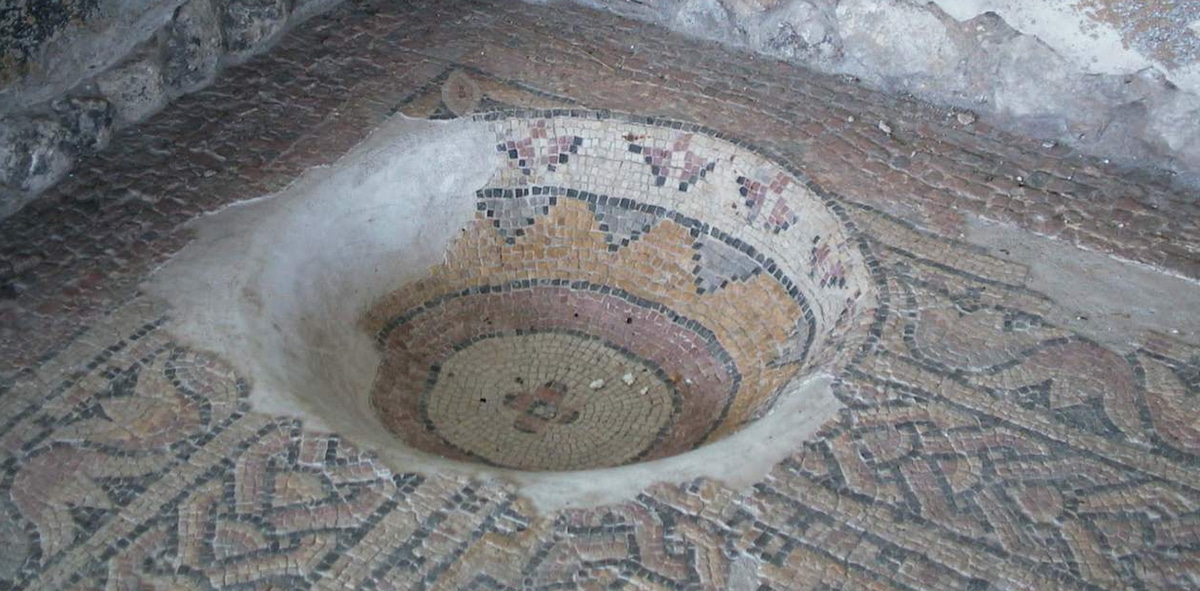
There is a total of 400 square meters covered by very well preserved mosaics, with geometric, floral and fish themes. The most beautiful is the one known as the Pegasus. There is also a set of hot springs with hot and cold pools and of course, latrines.
Useful information
- Location: Road N-601. Valladolid – Adanero, km 137. Almanera de Adaja-Puras. Valladolid.
- Schedules: in winter it opens Thursday to Sunday and holidays, from 10:30 to 14 and from 16 to 18. In summer, Tuesday to Sunday at the same time in the morning and from 16:30 to 20 in the afternoon. Closed on December 24, 25 and 31 and the entire month of January.
- Home: 3 euros.
- The visit is free but there are information panels. Guided and free tours are offered but only for groups and previously arranged. There are audio guides.
Roman Villa Fortunatvs
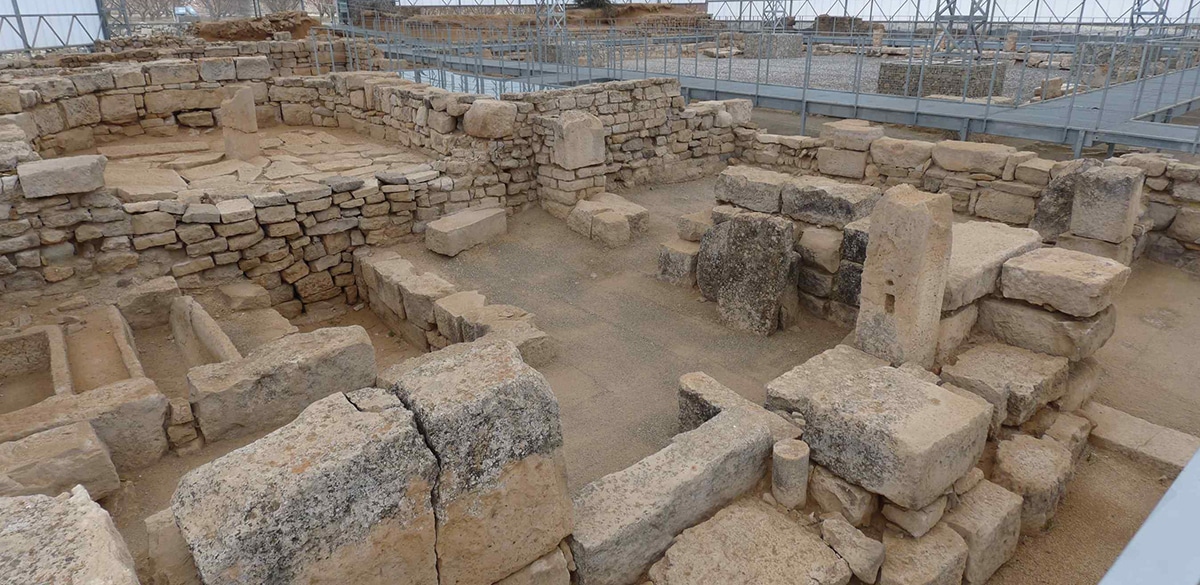
This ruined village is in Huesca, a few kilometers from the town of Fraga, on the banks of the Cinca River, in Aragon. The Romanization of this area of the country began in the XNUMXnd century and this town is an example.
Archaeologists believe that the owners were engaged in farming and grain farming, exporting the production by river to the Ebro towards Celsa or to the port of Dertosa and from there to Rome, capital of the Empire. They also believe that dates from the XNUMXnd century AD and that was later enlarged a bit. Of it are column bases, the aquarium of the central garden with its marine frescoes, a water well and the layout of the rest.
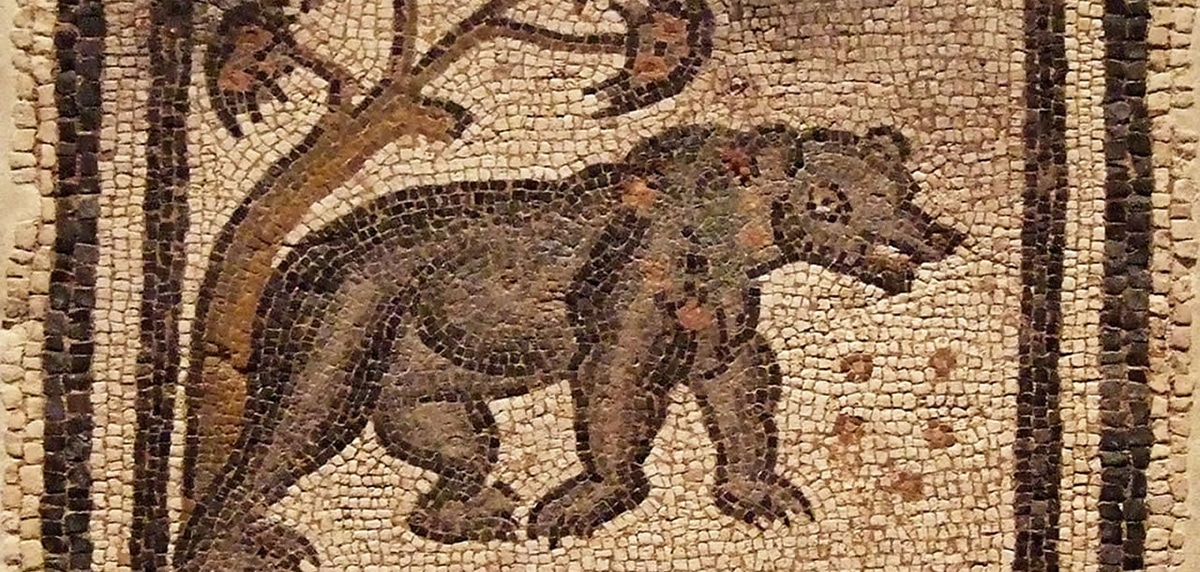
We underline the preserved mosaics that are from the XNUMXth century AD There is the one that has given the name to the town, the FORT-NATVS, which is a fragment of a border found in a room in the town. The meaning of the text has generated discussions, some say it has to do with the owner of the town, Fortunato, others with a cult of Cibeles.
When the villa was abandoned in the XNUMXth century, it became a Paleo-Christian basilica and you can also see that: its floor plan with three naves, the apse, the baptistery with the baptismal font.
Practical information:
- Location: Road A-1234 from Fraga to Zajdín, km 4. Fraga, Huesca.
- Rate: free. Guided tours are coordinated at least 10 days in advance and are for groups of at least 10 people.
- It is a covered archaeological site with internal walkways. There is a 1:1 scale model, panels and replicas.
Roman Villa Fvuente Álamo

It is In cordoba, within the natural area known as Los Arenales. The ruins date back to at least XNUMXst century AD, when the Romans took advantage of the course of a stream that has come dry to this day. They built leisure buildings on both sides of the water course: on the right side those with cold waters and on the left those with hot waters.
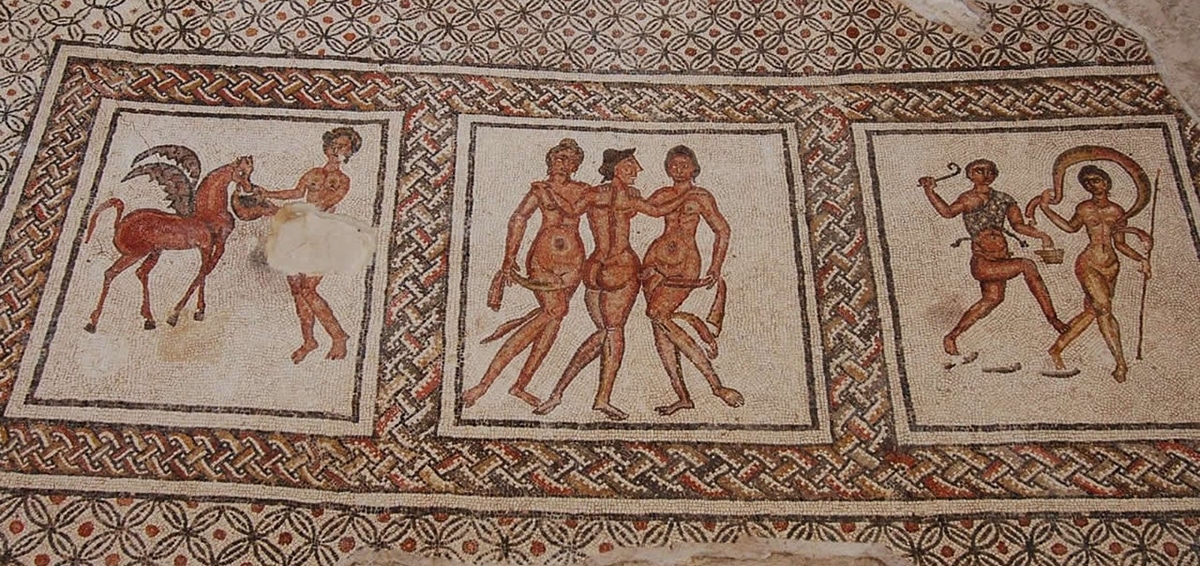
Archaeologists have surmised a layout with canals and ponds and water reservoirs. Soils have been found multi-colored mosaics of geometric shapes, stucco walls also colored, a rectangular swimming pool and others. These buildings all date from what archaeologists call Phase I. In Phase II, the town itself is built, with an area of 4 square meters or more.
In Phase II Islamic abandonment and occupation take place, and Phase IV supposes absolute abandonment. The treasure of this villa is its mosaics.
Useful information
- Location: Genia Bridge, Cordoba. Road CO – 6224, km 2,70.
- Schedules: in winter, from September to June, it opens from Monday to Friday from 9 a.m. to 14 p.m. and on weekends from 10 a.m. to 14 p.m. In summer it opens from Monday to Thursday from 9 a.m. to 14 p.m. and Fridays and weekends from 20:30 p.m. Closed for Christmas, January 23 and 1.
- Rate: 3 euros. The guided tour costs 5 euros and there are also dramatized visits with prior agreement. There are free audio guides and 5D tour with VR glasses, subject to availability.
- The ruins are protected by an open structure there are walkways.
Roman Villa La Loma del Regadío
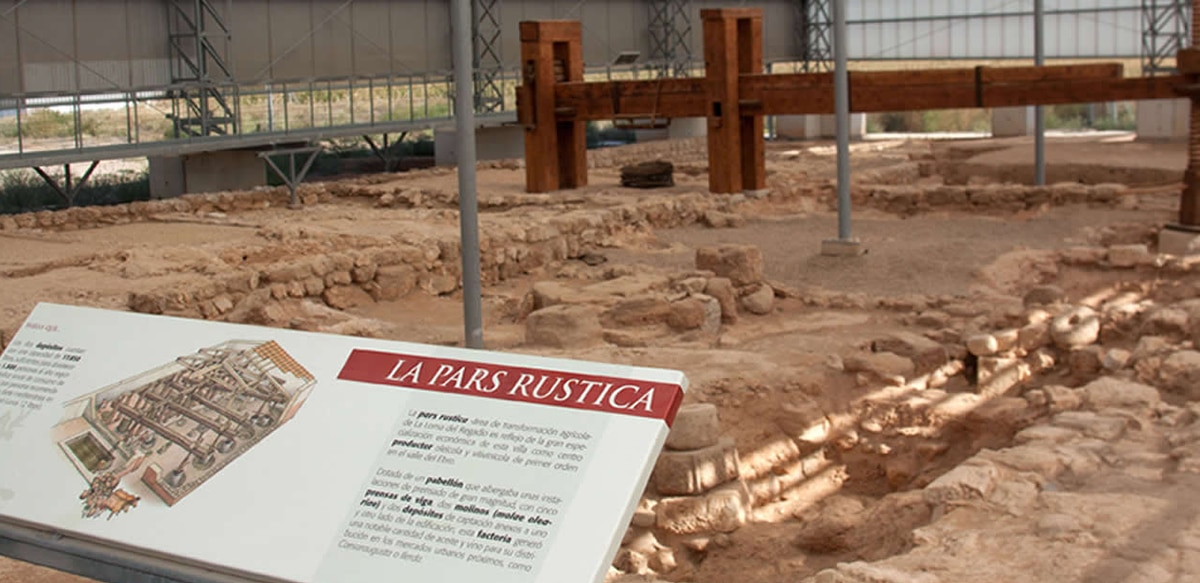
The Roman occupation of this place has been extensive. The Ville was in charge of wine and olive growing activities and it is a great exponent of what was done at that time in the middle valley of the Ebro. The most interesting part is the rustic pars where the grapes and olives were processed/pressed. There are pressing devices and bases from old mills.
The villa is on a promontory 600 meters high in relation to its surroundings, on the right bank of the Ebro depression. Archaeological excavations have brought to light many treasures, the peristyle of the house paved with mosaics and painted stucco walls , for example.
Useful information
- Location: Irrigation Road, from Urrea de Gaén. Teruel.
- Opening hours: in summer it opens on weekends at 17,30:10 p.m. and from Wednesday to Sunday from 13 a.m. to 16 p.m. and from 19 p.m. to XNUMX p.m. In winter only by appointment.
- Rates: the general guided tour costs 2 euros. The entrance 5 euros.
Roman Villa Las Mvsas
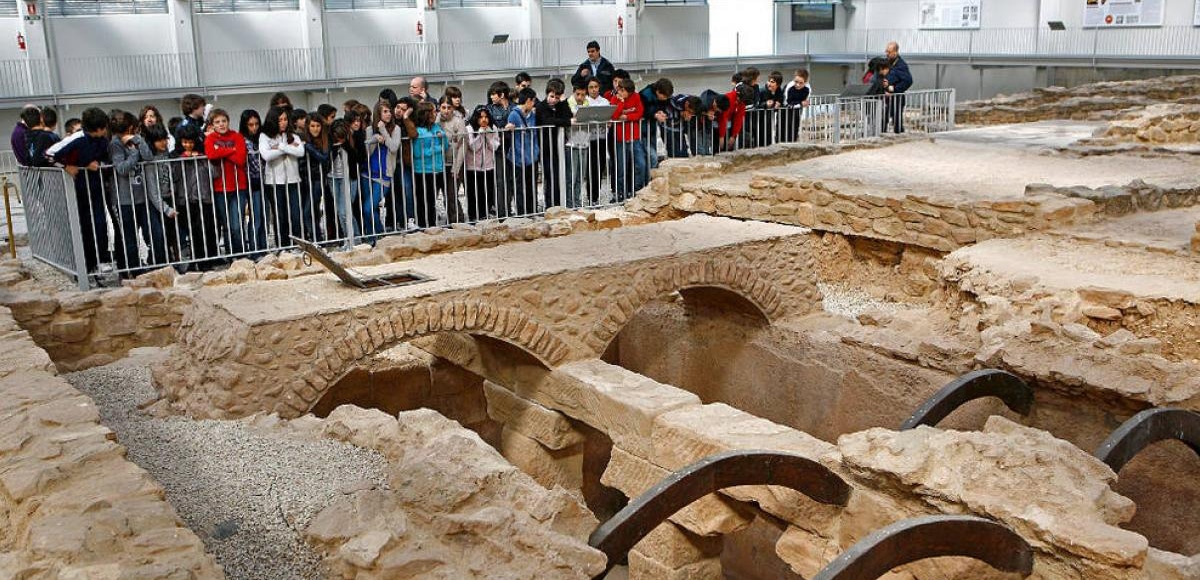
In this village they have found the best conservative wineries in Europe. The villa dates from around XNUMXst century AD in a natural area that is ideal for growing olive trees, cereals and vines.
The Roman villa or country house it is almost seven kilometers south of Arellano, near the town of Estella. His name derives from a beautiful mosaic called muses, today with a detailed reproduction in the National Archaeological Museum.
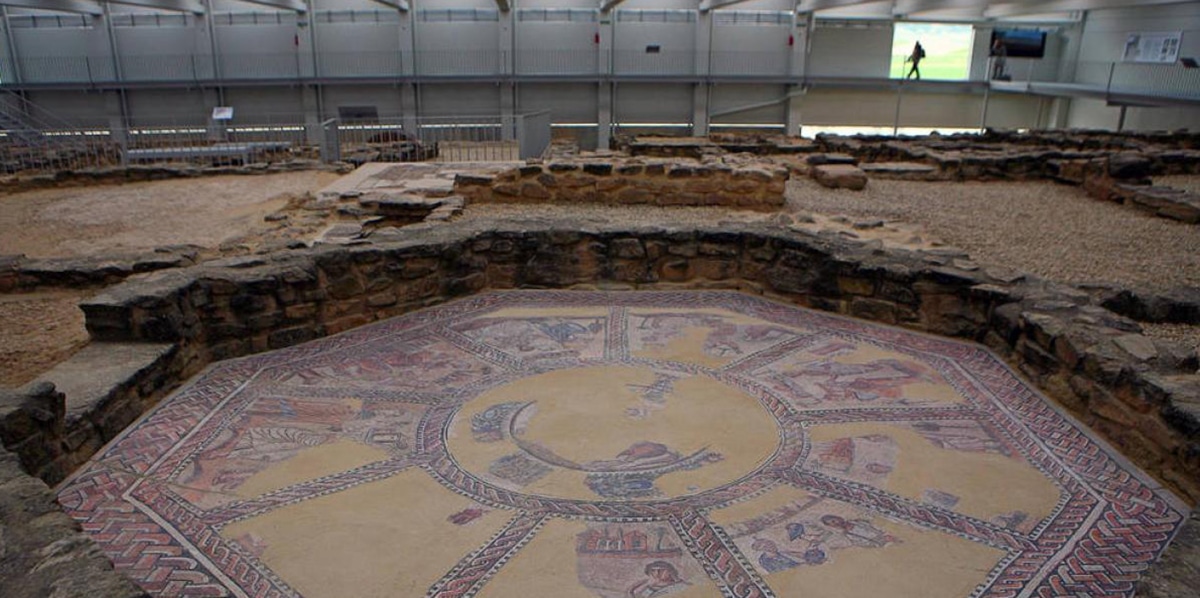
The town was built between the XNUMXst and XNUMXth centuries AD and different rooms dedicated to wine production have been found. The ruins are protected by a structure of more than two thousand square meters and information panels abound in strategic places along the route. This one is by a metal walkway.
You will see rooms where the wine was aged, wineries with its production elements, that is 700 liter jars and a three meter deep tank that collected rainwater. There are also mosaics, obviously, other than that of the muses: one is inside a bedroom and another in the main room with 90 square meters.
Useful information
- Location: Ctra. NA – 6340 Arróniz/ Allo. Km 20. Arellano. Navarre.
- Opening hours: in winter it opens on Fridays and Saturdays from 10 to 14 and from 15 to 18 and on Sundays from 10 to 14. In spring on Fridays and Saturdays from 10 to 14 and from 165 to 19, and on Sundays from 10 to 14. In summer it opens on Fridays and Saturdays from 10 to 14 and from 16 to 20, and on Sundays from 10 to 14. During August it is only open from Wednesday to Sunday.
- Rate: adults pay 2 euros.
- There is a diorama, guides, brochures and guided tours by appointment.
of course these five are just some of the Roman villas in Spain. There are many more! We could name La Olmeda, in Palencia, El Ruedo, in Córdoba, veranes, in Asturias, or Los Villaricos, in Murcia, for example.